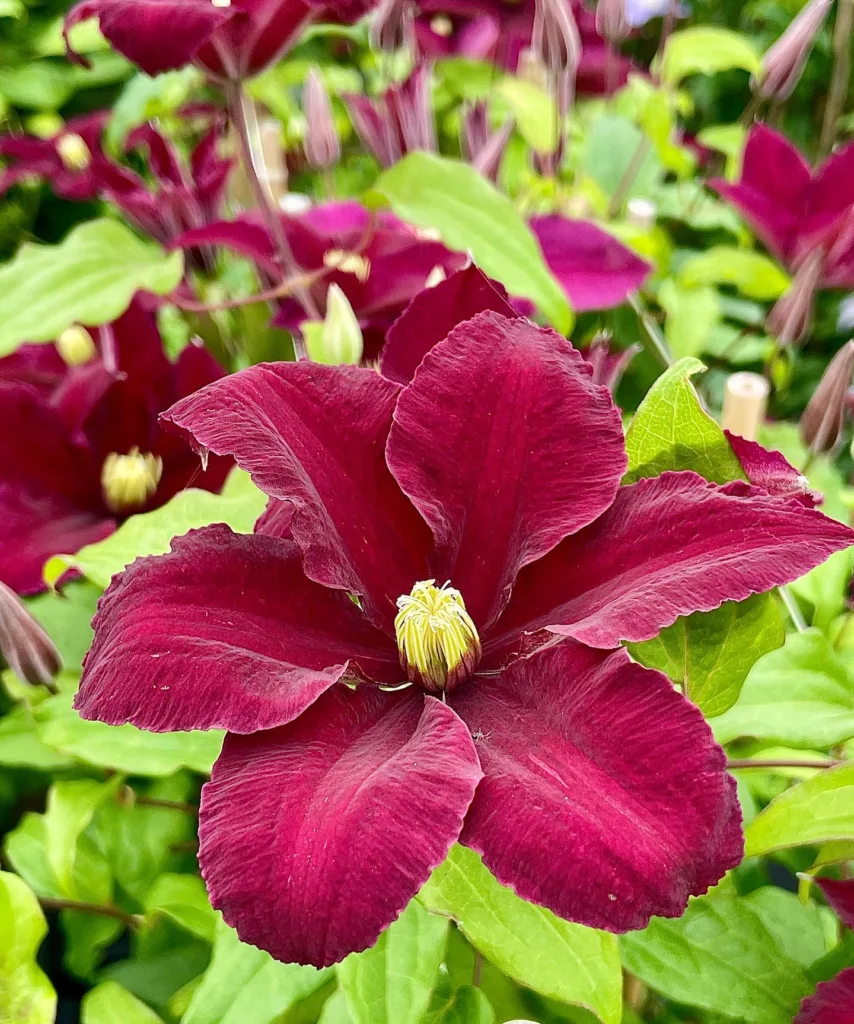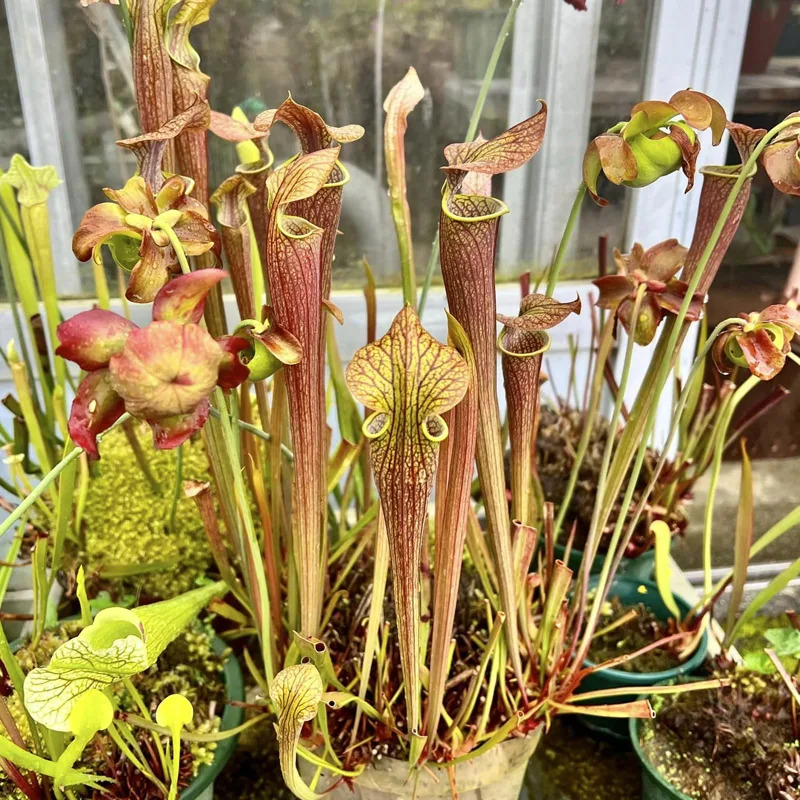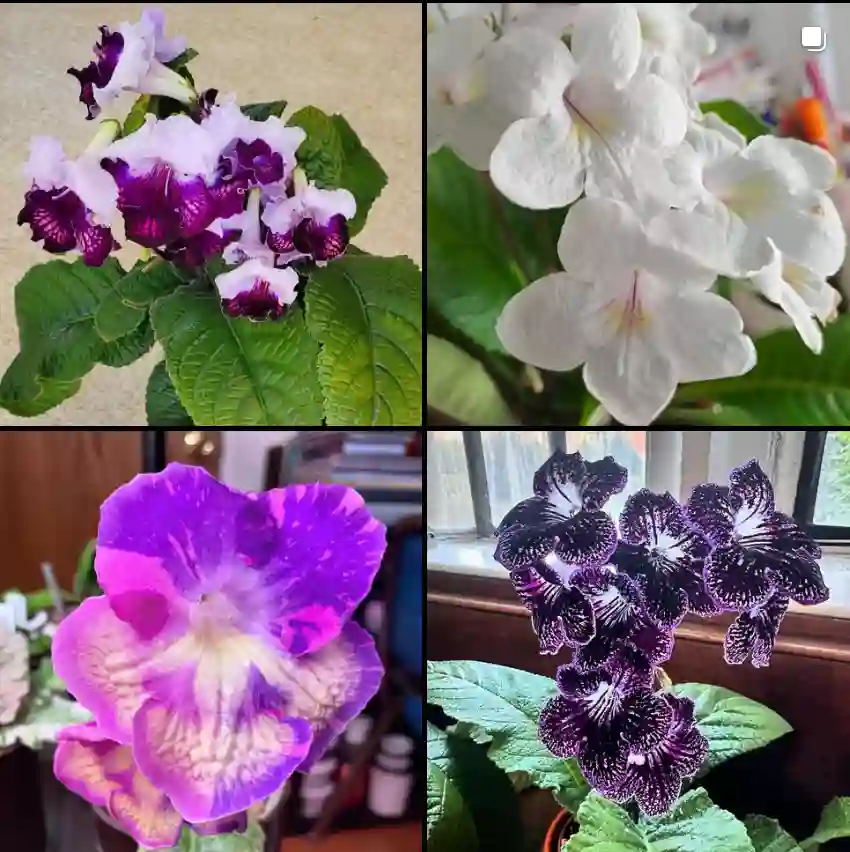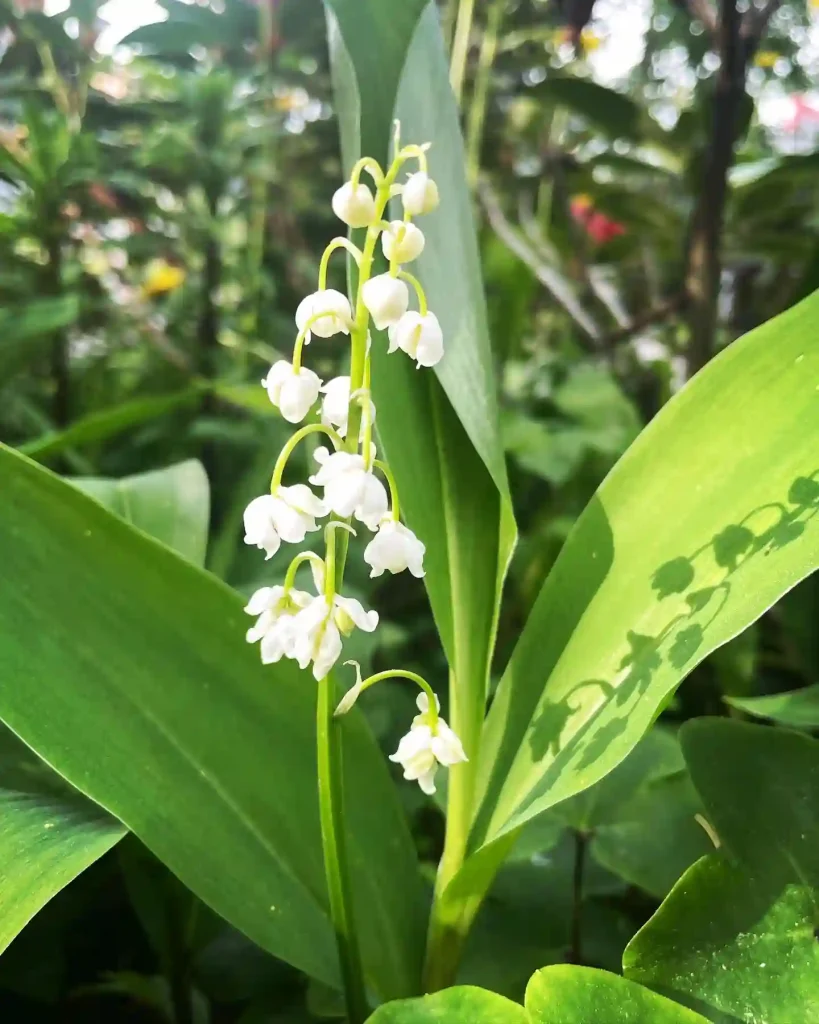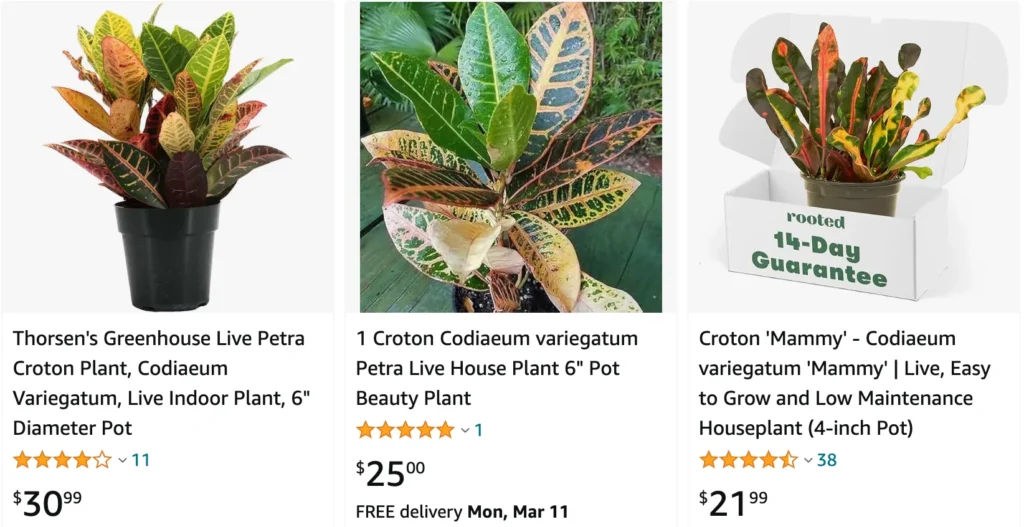
How to care for Codiaeum variegatum?
Caring for Codiaeum variegatum, also known as croton, involves providing bright, indirect light to maintain its vibrant leaf colors. I water the plant regularly, keeping the soil consistently moist but not waterlogged, and ensure good drainage. High humidity is beneficial, so misting the leaves or using a humidifier can help. During the growing season, I feed it with a balanced liquid fertilizer every 4-6 weeks. Regularly wiping the leaves helps keep them dust-free and healthy.
17 Species in Genus Codiaeum
How to propagate Codiaeum variegatum?
Propagating Codiaeum variegatum can be done through stem cuttings. I take a cutting of about 4-6 inches from a healthy plant, ensuring it has several leaves. After removing the lower leaves, I dip the cut end in rooting hormone and plant it in a pot with moist, well-draining soil. I cover the pot with a plastic bag to maintain humidity and place it in a warm, bright spot (but not in direct sunlight). Roots should develop in a few weeks.
Is Codiaeum variegatum poisonous to cats?
Yes, Codiaeum variegatum is poisonous to cats. If ingested, it can cause symptoms such as vomiting, diarrhea, and drooling. It’s best to keep this plant out of reach of pets.
Can Codiaeum variegatum stem generate a different color leaves?
Yes, the stem of Codiaeum variegatum can produce different colored leaves depending on various factors such as light exposure, age of the plant, and specific cultivar. The vibrant colors of the leaves are influenced by the amount of light the plant receives, with brighter light often enhancing the intensity of the colors.
How do you grow Codiaeum variegatum?
To grow Codiaeum variegatum, I plant it in well-draining, rich soil and place it in a location with bright, indirect light. Regular watering to keep the soil moist (but not soggy) is important, along with maintaining high humidity. I fertilize the plant with a balanced liquid fertilizer during the growing season and ensure it is kept at a consistent temperature, avoiding drafts and sudden temperature changes.
How to care for indoor Codiaeum variegatum?
Indoor care for Codiaeum variegatum includes placing it in a bright spot with indirect sunlight, as too little light can cause the leaves to lose their vibrant colors. I water the plant regularly, ensuring the soil remains moist but well-drained, and mist the leaves to increase humidity. Feeding with a balanced fertilizer every month during the growing season helps promote healthy growth. I also rotate the plant occasionally to ensure even light exposure on all sides.
Is Codiaeum variegatum poisonous to dogs?
Yes, Codiaeum variegatum is poisonous to dogs. Ingestion can cause symptoms such as vomiting, diarrhea, and drooling. Keeping the plant out of reach of pets is advisable.
Is Codiaeum variegatum poisonous to children?
Yes, Codiaeum variegatum is considered toxic to children if ingested. It can cause stomach upset and irritation. It’s important to keep this plant out of reach of small children and to teach older children not to touch or ingest any part of the plant.
What kind of fertilizer Codiaeum variegatum need?
Codiaeum variegatum benefits from a balanced, water-soluble fertilizer with an equal ratio of nitrogen, phosphorus, and potassium (such as a 10-10-10 or 20-20-20 formula). I apply the fertilizer every 4-6 weeks during the growing season, reducing or stopping fertilization in the winter months when the plant’s growth slows down.
What makes the different leaves colors in the Codiaeum variegatum?
The different leaf colors in Codiaeum variegatum are due to pigments in the leaves, primarily chlorophyll (green), carotenoids (yellow and orange), and anthocyanins (red and purple). The intensity and variation of these colors can be influenced by light exposure, temperature, and the specific cultivar of the plant. Bright, indirect light typically enhances the vibrancy of the colors.
If i die, water my plants!
